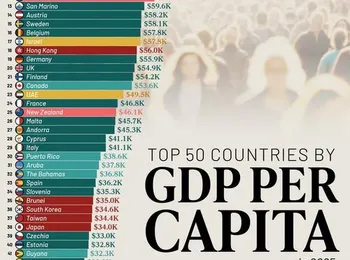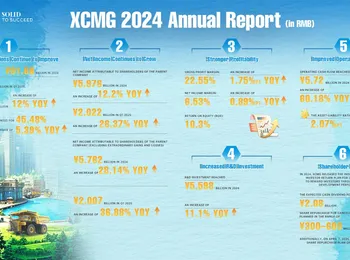The Morningstar US Market Index closed last week up 4.7%, 12.8% higher than the recent low on April 8 and only 1.7% below the end of March level. These most recent gains were led by sectors such as communication services , up 6.4%, consumer cyclical , 6.5% higher, and technology , which rose by 7.7%. Despite this price increase, these sectors which house the Magnificent Seven remain lower in the year to date. In contrast, less ‘magnificent’ companies in the consumer defensive healthcare and utilities sectors remain in positive territory in 2025. This reminds us that behind the turmoil caused by tariff policy, the key driving force in equity markets has been a closure in the valuation gaps that had driven price movements in 2024. The closure of these gaps can also be seen at the international level as US stocks have lagged those of the Morningstar Developed Markets ex-US Index , which is up 9.3%, and Morningstar Emerging Market Index , which is 1.2% higher over the year to date. These returns, measured in US dollars, have benefited from an 8% decline in the greenback over the same period. Dollar weakness has also contributed to the strength of the markets at the heart of the tariff storm with the Morningstar Canada Index up 4.9%, Morningstar China Index up 9.1% and Morningstar Mexico Index up 21.5%, all delivering positive returns for US investors over the year to date, reinforcing the principle that politics should be kept separate from investing decisions.
Strong Start to Earnings Season At a company level, we have seen a strong start to the earnings season. However, enthusiasm for these results have been tempered by broader economic concerns as earnings growth is expected to slow sharply this quarter to an annual rate of 6.4% compared with 10.1% for the first quarter (Source: FactSet). As we enter the busiest part of the earnings season, key companies reporting this week include: Amazon AMZN , Apple AAPL , Meta Platforms META and Microsoft MSFT . You can follow these results on Morningstar’s dedicated company earnings page.
Alongside the torrent of earnings announcements, the week ahead is unusually packed with economic data including inflation data in the form of Personal Consumer Expectation (PCE) measure on Tuesday. This is expected to show a fall in core inflation, excluding volatile food and energy costs, from an annualized rate of 2.8% in February to 2.5% in March. Wednesday brings the first reading on US GDP with economic growth expected to have fallen from 2.4% to 0.4% over the first quarter. Will the Fed Cut Rates This Year? And How Much?
This combination of weaker economic growth and lower inflation is raising expectations of interest rate cuts by the year end with CME FedWatch suggesting an 84% probability of at least 75 basis points of rate cuts by the end of the year, compared with 50 a month ago. Higher inflation could challenge this expectation leading to higher volatility. The week ends with the nonfarm payrolls employment report on Friday. This is expected to show modest job growth of 130,000 and a stable unemployment rate.
You can keep track of these myriad announcement on this calendar . Against this background, we can expect a narrative battle among commentators keen to use the data to explain and forecast asset price movements. But if the last month has taught us anything it is the f utility of focusing on predicting short-term market movements and using those predictions as a guide to investing. Investments Need to be Resilient In very volatile political and economic environment, the ability of our investments to withstand a wide range of economic environments is far more important than correctly predicting the next move in prices. A well-constructed diversified portfolio of assets trading at or below a realistic assessment of their fair value will serve us better in the short run and help preserve our capital (and fortitude) to enable is to continue to invest over the long term. This was well illustrated by this article by Amy Arnott. As the world becomes evermore fixated on the moment-by-moment movement in prices, the ability to invest with a longer-term perspective provides a huge advantage.
























